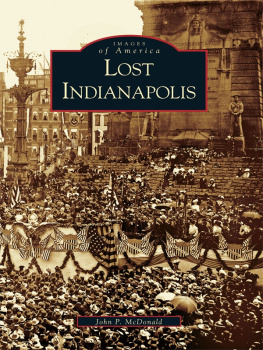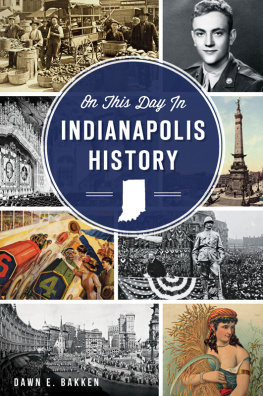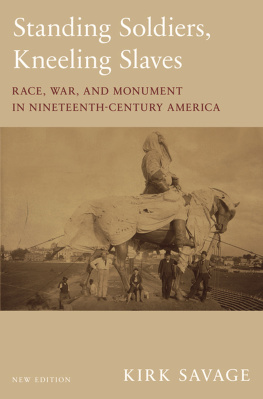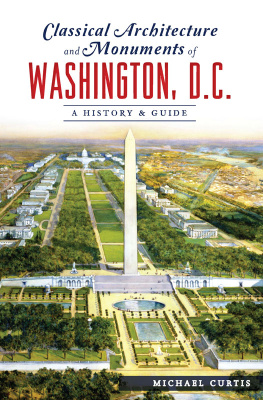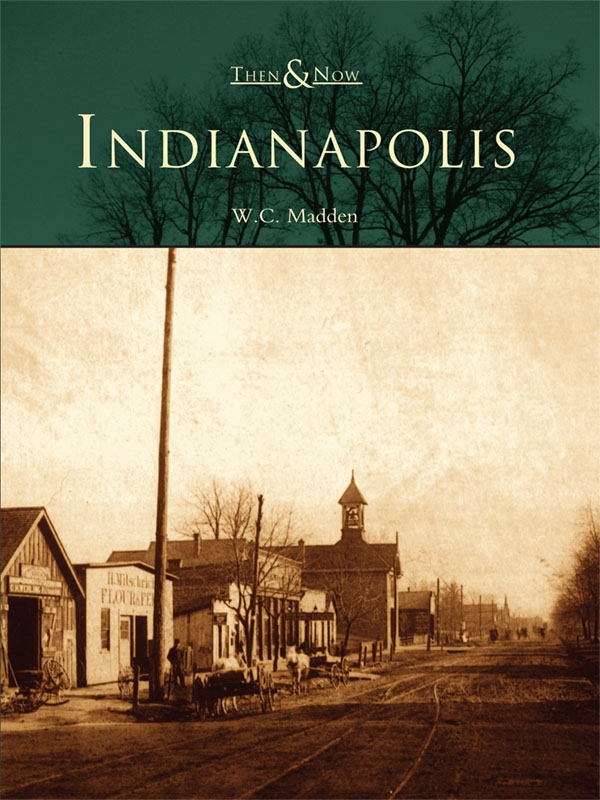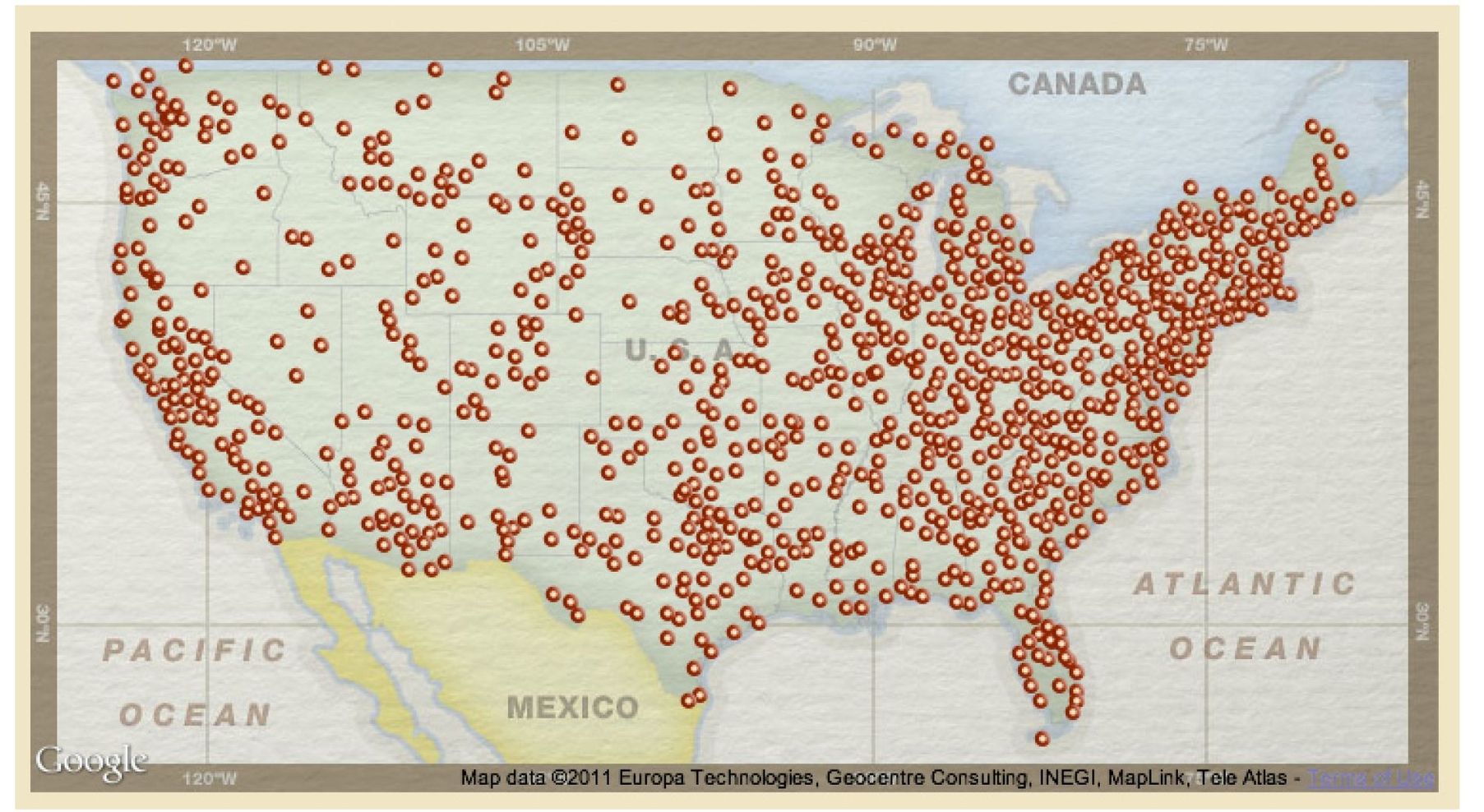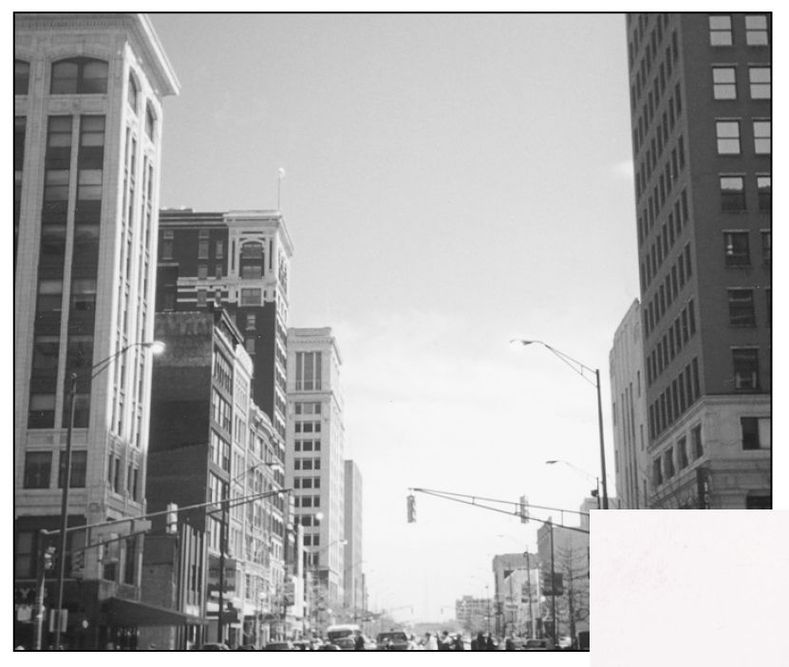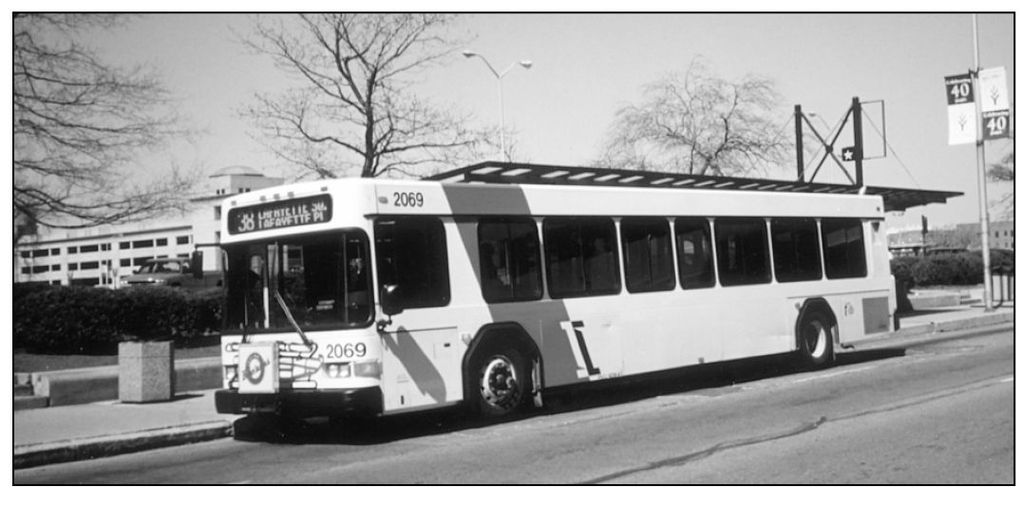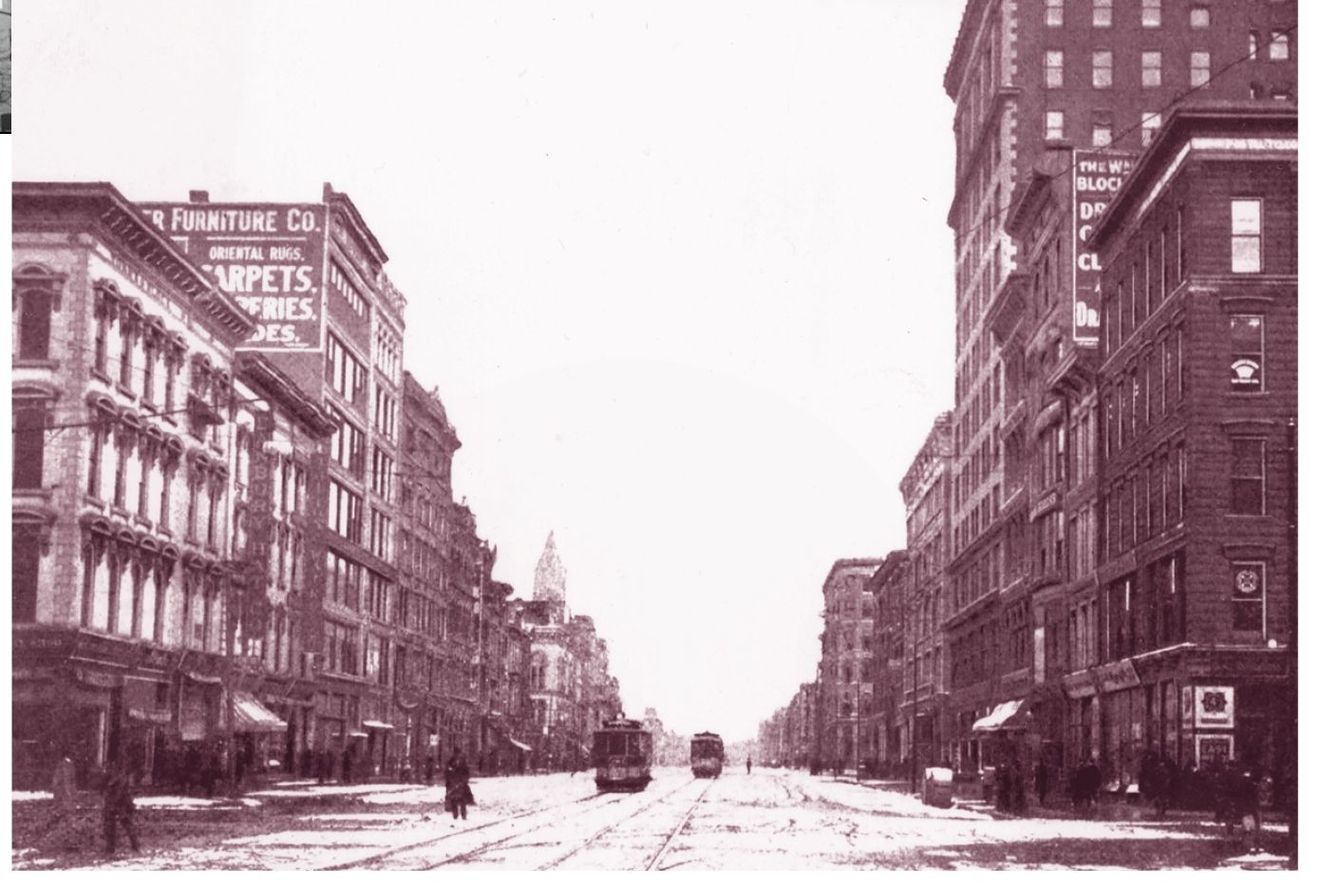W.C. Madden - Indianapolis
Here you can read online W.C. Madden - Indianapolis full text of the book (entire story) in english for free. Download pdf and epub, get meaning, cover and reviews about this ebook. year: 2003, publisher: Arcadia Publishing, genre: Non-fiction. Description of the work, (preface) as well as reviews are available. Best literature library LitArk.com created for fans of good reading and offers a wide selection of genres:
Romance novel
Science fiction
Adventure
Detective
Science
History
Home and family
Prose
Art
Politics
Computer
Non-fiction
Religion
Business
Children
Humor
Choose a favorite category and find really read worthwhile books. Enjoy immersion in the world of imagination, feel the emotions of the characters or learn something new for yourself, make an fascinating discovery.
- Book:Indianapolis
- Author:
- Publisher:Arcadia Publishing
- Genre:
- Year:2003
- Rating:5 / 5
- Favourites:Add to favourites
- Your mark:
Indianapolis: summary, description and annotation
We offer to read an annotation, description, summary or preface (depends on what the author of the book "Indianapolis" wrote himself). If you haven't found the necessary information about the book — write in the comments, we will try to find it.
Inaugurated as the state capital in 1825, Indianapolis was patterned after the nations capital and laid out on a mile-square grid with Monument Circle at its center. As the city grew and experienced the tumult of the Civil War, legislators decided to erect a monument to the wars fallen servicemen. In 1902, one of the worlds most outstanding memorials was completed-the Soldiers and Sailors Monument. Surrounding Monument Circle, The Circle City gets its nickname from the prominence and historical significance of the central city structure. Throughout the years, Indianapolis has maintained its commitment to honoring the achievements of Hoosiers. This dedication to Indiana has given the capital its own rich history, told not only through monuments and memorials, but also through the architecture, parks, businesses, and people that make up the heart of Indianapolis. This new book documents the heroes and history of the city, using an impressive collection of vintage photographs from the late 1800s through the early 1900s juxtaposed against present-day images.
W.C. Madden: author's other books
Who wrote Indianapolis? Find out the surname, the name of the author of the book and a list of all author's works by series.



